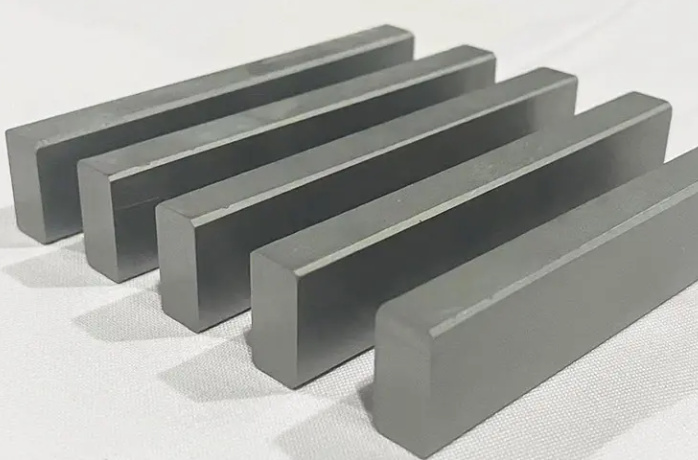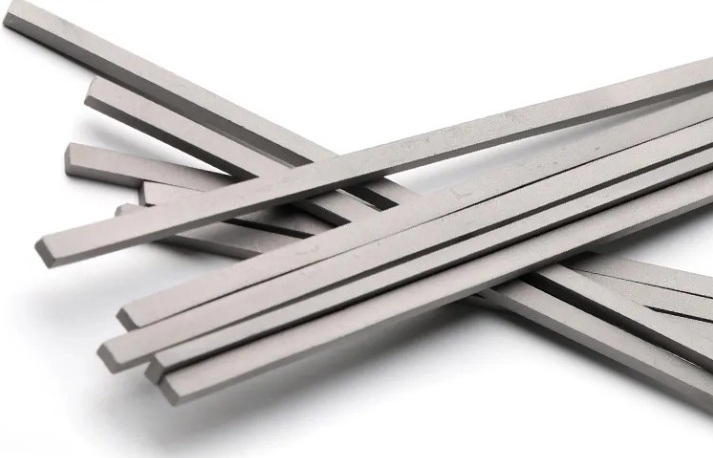Что такое Твердосплавный инструмент Заточка?
Твердосплавный инструмент Заточка - это процесс восстановления режущих кромок инструментов, изготовленных из карбида вольфрама, материала, известного своей невероятной твердостью и износостойкостью. Считайте, что это необходимая модернизация инструментов для продления срока их службы и поддержания максимальной производительности. Твердосплавные инструменты широко используются в таких отраслях, как механическая обработка, деревообработка и строительство, благодаря своей способности работать с прочными материалами. Со временем даже самые прочные инструменты тупятся, и вот тут-то и приходит на помощь заточка.
Представьте, что вы используете тупой нож, чтобы нарезать буханку хлеба - неприятно, правда? Тот же принцип применим к твердосплавным инструментам. Их заточка гарантирует, что вы будете резать материалы точно и эффективно.
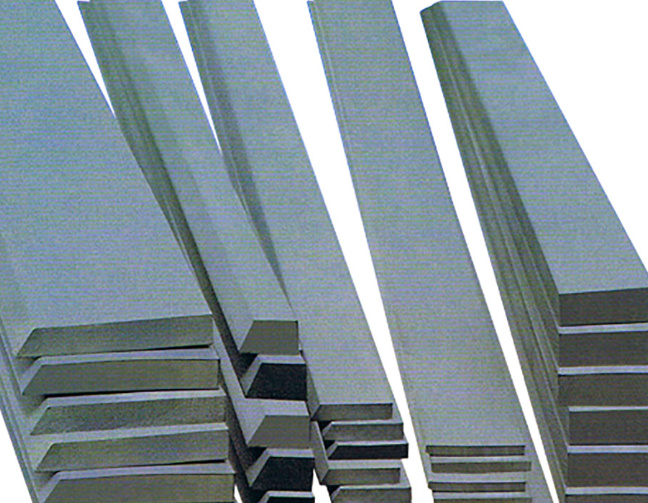
Важность и широкое применение Твердосплавный инструмент Заточка
Зачем затачивать инструменты из твердого сплава? Ответ заключается в их производительности и долговечности. Острые инструменты:
- Повышение продуктивности: Острые твердосплавные инструменты режут быстрее и чище, экономя ваше время и силы.
- Сократите отходы материалов: Острая кромка обеспечивает точность реза, уменьшая количество ошибок и потерь материала.
- Увеличение срока службы инструмента: Регулярная заточка предотвращает преждевременный износ, что в конечном итоге экономит ваши деньги.
Твердосплавные инструменты используются в различных отраслях промышленности, включая аэрокосмическую, автомобильную и металлообрабатывающую. Например, машинисты используют сверла и концевые фрезы с твердосплавными наконечниками для придания формы металлическим деталям, а деревообработчики полагаются на твердосплавные пильные полотна для чистого и эффективного распила. Без надлежащей заточки эти инструменты могут быстро потерять свою остроту - в прямом и переносном смысле.
Необходимость внедрения шлифования при заточке твердосплавных инструментов
Когда речь заходит о заточке твердосплавных инструментов, шлифование является самым популярным методом. Почему? Твердый сплав невероятно твердый и требует специализированного оборудования для достижения идеальной кромки. Шлифование снимает микроскопические слои материала, чтобы восстановить режущую поверхность инструмента.
Но зачем вводить шлифовку в рабочий процесс? Вот несколько причин:
- Точность: Шлифование обеспечивает тонкую обработку и сохраняет геометрию инструмента.
- Эффективность: Современные шлифовальные станки быстро справляются даже с самыми сложными инструментами из твердого сплава.
- Универсальность: Шлифование позволяет использовать широкий диапазон форм и размеров инструментов.
Пропустить заточку - все равно что пропустить точильный камень при заточке лезвия: вы можете получить результат, но он будет неполноценным.

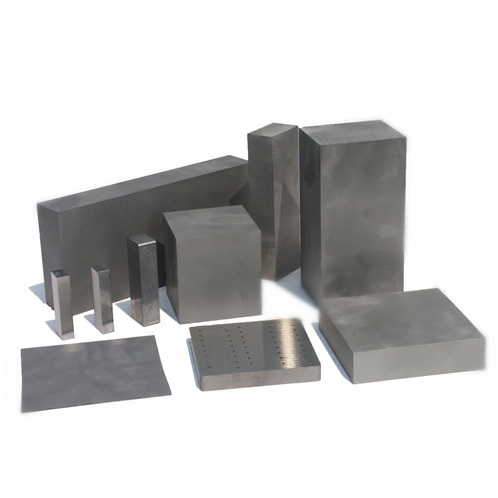

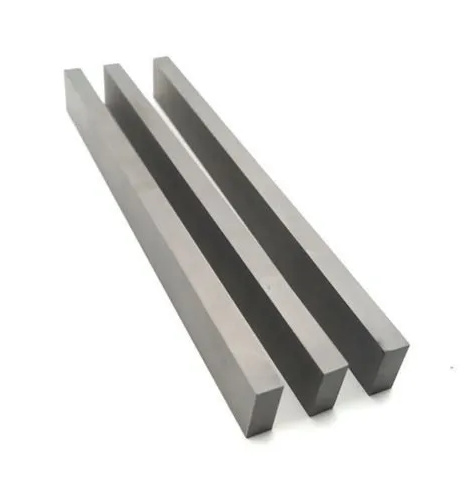
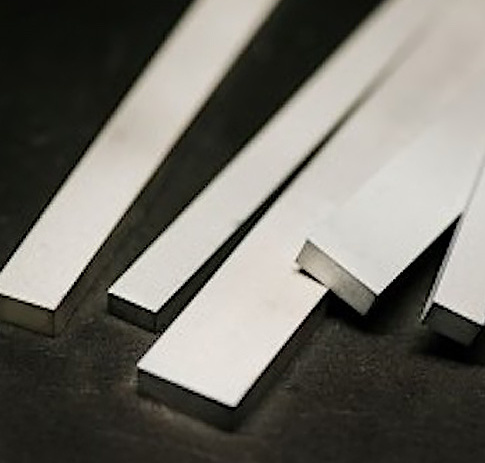

Почему необходима заточка?
| Причина | Пояснение |
|---|---|
| Улучшенная производительность | Острые инструменты режут чище и быстрее, повышая общую эффективность. |
| Экономия затрат | Регулярная заточка снижает потребность в частой замене инструмента. |
| Безопасность | Тупые инструменты требуют больше усилий, что повышает риск несчастных случаев и травм. |
| Качество материала | Острый инструмент обеспечивает более гладкую отделку, уменьшая количество переделок и дефектов. |
Методы Твердосплавный инструмент Заточка
| Метод | Описание |
|---|---|
| Алмазные шлифовальные круги | Идеально подходит для твердосплавных инструментов благодаря своей твердости и точности. |
| Электрические шлифовальные машины | Подходит для крупных операций, требующих скорости и точности. |
| Ручные шлифовальные машины | Пригодится для заточки небольших инструментов или в дороге. |
| Профессиональные услуги | Обеспечивает высокую точность и оптимальные результаты при работе с дорогостоящими инструментами. |
Общие проблемы и способы их преодоления
Заточка твердосплавных инструментов не обходится без трудностей. Вот некоторые распространенные проблемы и советы по их решению:
- Выработка тепла: При шлифовании выделяется тепло, которое может повредить конструкцию инструмента. Для борьбы с этим используйте охлаждающие жидкости или делайте частые перерывы в процессе.
- Обломок инструмента: Твердый сплав хрупок и может расколоться при неправильном обращении. Выбирайте алмазные шлифовальные круги и обращайтесь с инструментами осторожно.
- Поддержание геометрии: Точность - ключевой момент при заточке. Инвестируйте в высококачественные точильные станки или обратитесь к профессионалам.
Думайте об этом, как о выпечке - точность и правильные инструменты делают разницу между успехом и неудачей.
Преимущества профессиональной заточки
Почему стоит доверять профессионалам? Вот несколько убедительных причин:
- Экспертиза: Профессионалы имеют опыт и оборудование для достижения точных результатов.
- Экономия времени: Передача заточки на аутсорсинг позволит вам сосредоточиться на основных задачах.
- Постоянное качество: Профессионалы гарантируют, что ваши инструменты всегда будут работать наилучшим образом.
Представьте, что вы нанимаете личного тренера для своих инструментов - вам гарантирована лучшая производительность и долговечность.
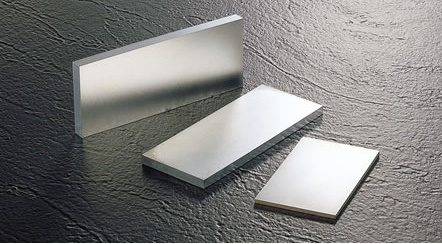
Как выбрать Твердосплавный инструмент Услуги по заточке?
Выбор подходящего поставщика услуг может показаться непосильной задачей. Вот контрольный список, который поможет вам сориентироваться:
- Репутация: Проверяйте отзывы и спрашивайте рекомендации.
- Опыт: Ищите поставщиков, которые хорошо зарекомендовали себя при заточке твердосплавных инструментов.
- Оборудование: Убедитесь, что они используют современные, высококачественные шлифовальные станки.
- Время выполнения заказа: Узнайте о сроках выполнения заказа, чтобы свести к минимуму время простоя.
- Стоимость: Сравните цены, но не идите на компромисс с качеством.
Выбор подходящего сервиса подобен выбору идеального ресторана - вам нужны хорошие отзывы, квалифицированные повара и приятные впечатления.
Вопросы и ответы
| Вопрос | Ответить |
|---|---|
| Как часто нужно затачивать инструменты? | Это зависит от условий эксплуатации, но регулярно осматривайте инструменты и затачивайте их по мере необходимости. |
| Можно ли затачивать твердосплавные инструменты в домашних условиях? | Да, при наличии соответствующего оборудования и навыков, но рекомендуется воспользоваться услугами профессионалов. |
| Каковы признаки затупившегося инструмента? | Повышенная стойкость к резанию, грубой обработке и чрезмерному нагреву. |
| Является ли заточка экономически выгодной? | Безусловно! Это продлевает срок службы инструмента и снижает затраты на его замену. |
| Какие инструменты требуют заточки? | В качестве примера можно привести сверла, пильные диски и фрезы. |

